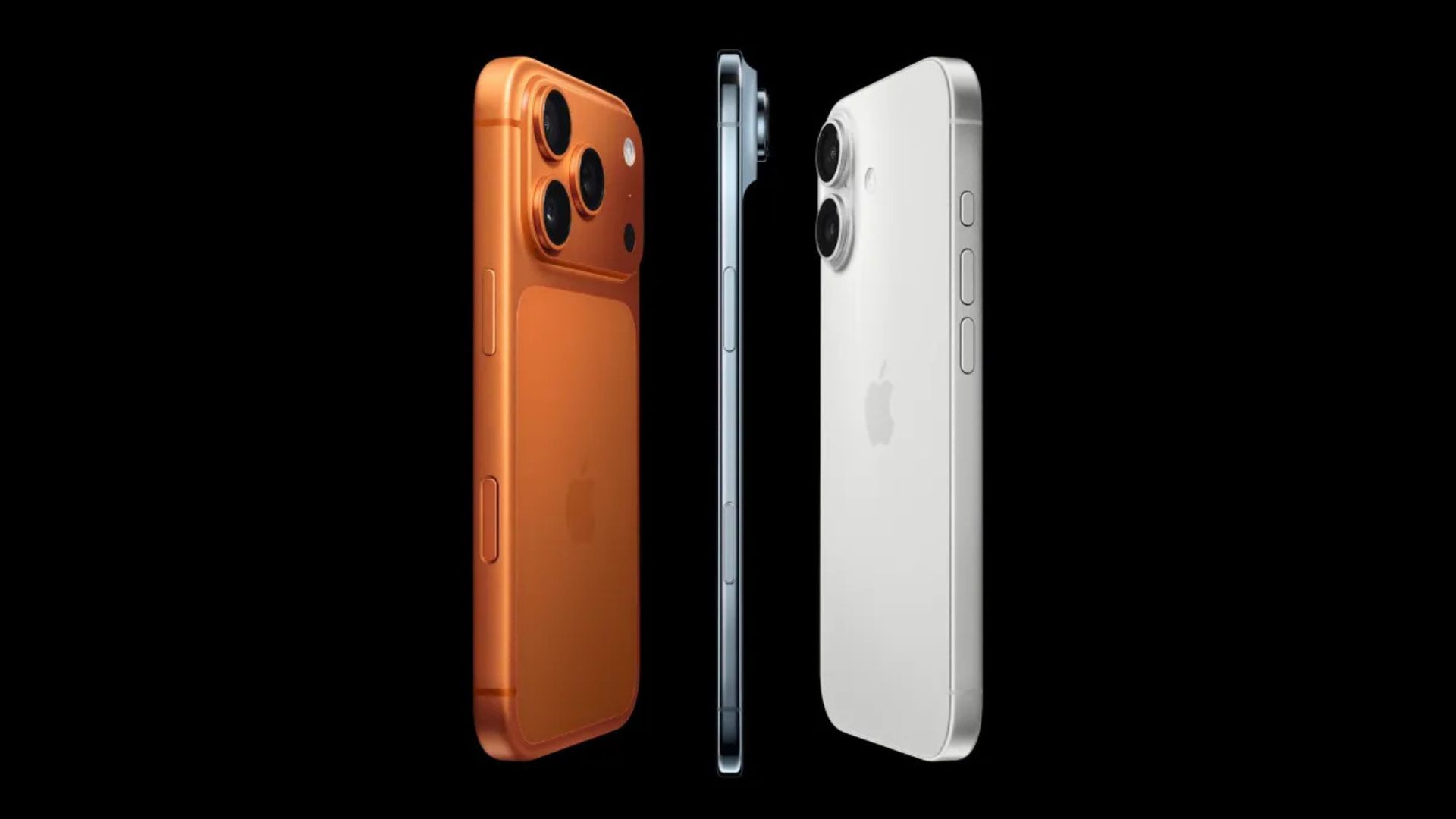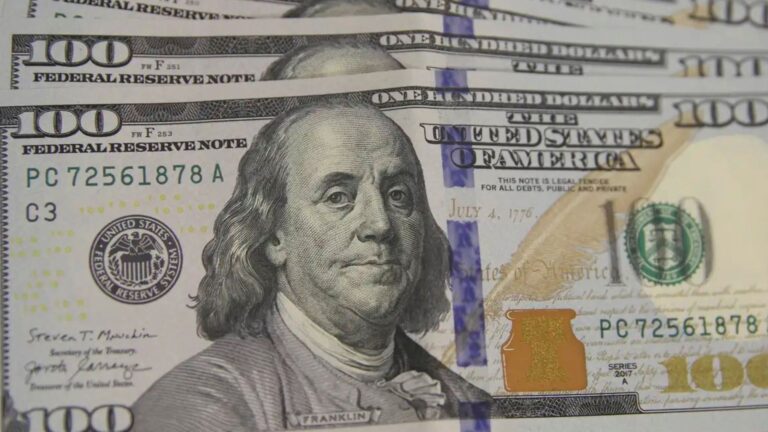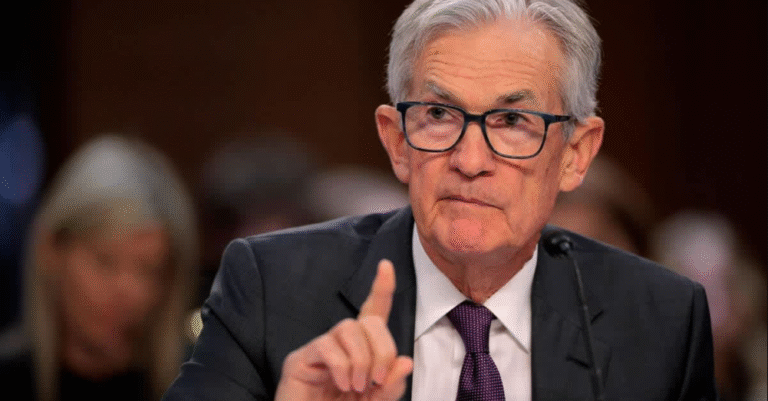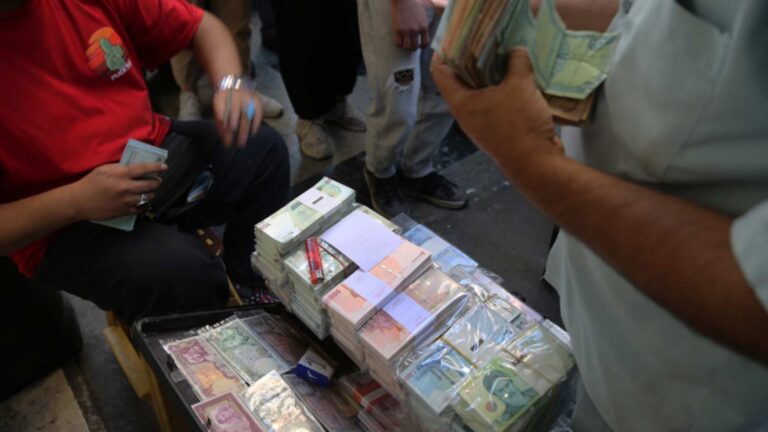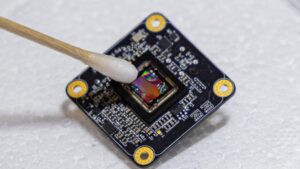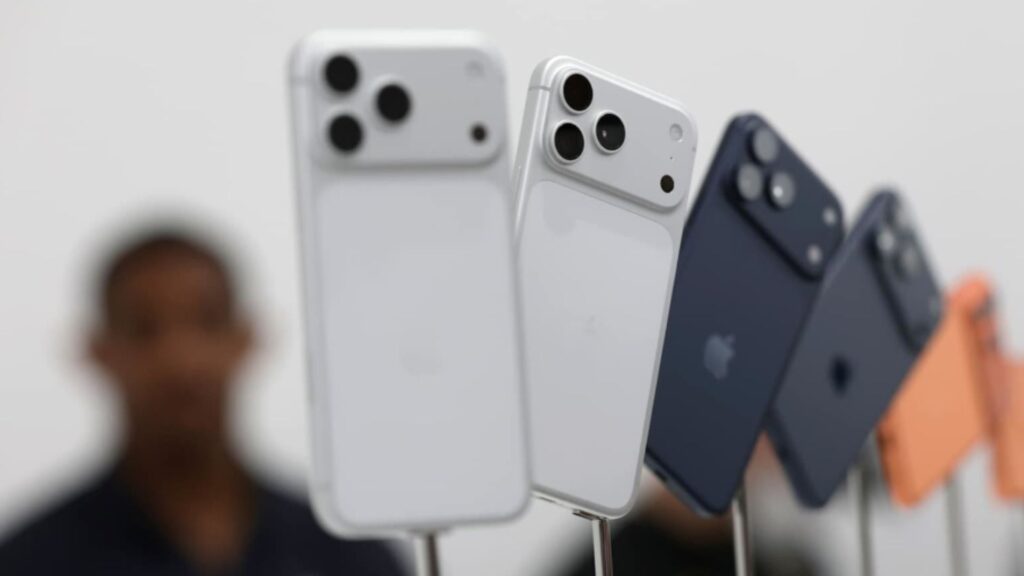
Pre-orders for Apple’s iPhone 17 series, which opened on September 12, quickly ran into supply constraints that have pushed delivery estimates well into October. All iPhone 17 Pro Max configurations now show delivery windows of October 6–13, regardless of color or storage capacity, according to Digital Trends. This slip affects other models, too: the standard iPhone 17 in Sage and Black is now estimated for late September to early October delivery, while the ultra-thin iPhone Air—initially on track for its September 19 launch—has seen Cloud White variants move into mid-October timeframes in many regions (Digital Trends; MacRumors).
In China, delivery challenges are compounded by regulatory hold-ups for the eSIM-only iPhone Air, with Apple’s website listing its release date there as “to be updated later” amid pending approvals from the Ministry of Industry and Information Technology. Despite these setbacks, consumers continue to demonstrate strong loyalty, scrambling for early-available configurations through carriers and select retailers like Best Buy.
N1 Chip Brings Wi-Fi 7 Limitations
Apple’s custom N1 networking chip, introduced across the entire iPhone 17 lineup, adds support for Wi-Fi 7, Bluetooth 6, Thread, and improved Personal Hotspot and AirDrop reliability. However, FCC filings reveal the chip is limited to 160 MHz channel bandwidth—half the 320 MHz maximum allowed by the Wi-Fi 7 standard—meaning the iPhone 17 series cannot reach peak theoretical throughput (MacRumors). Despite this constraint, refinements in power management and connectivity reliability represent a net improvement over prior models.
Strong Demand Despite Technical Compromises
The ongoing delivery delays underscore the iPhone 17’s robust demand. Many customers who placed orders immediately at 8 p.m. local time on Friday saw their original September 25 dates slip back, yet some managed to secure September 19 pickups through carrier partnerships and retail channels. In China, first-minute pre-order volumes on JD.com shattered records set by the iPhone 16 series, reflecting sustained brand appeal even as regulatory issues delay select models (Digital Trends; MacRumors).
Apple’s pricing strategy—starting at $799 for the iPhone 17 (256 GB) and $1,199 for the iPhone 17 Pro Max (256 GB)—continues to drive early interest. With doubled base storage across the lineup and enhancements such as ProMotion displays and upgraded camera systems, the iPhone 17 series remains compelling despite extended wait times and technical trade-offs.




